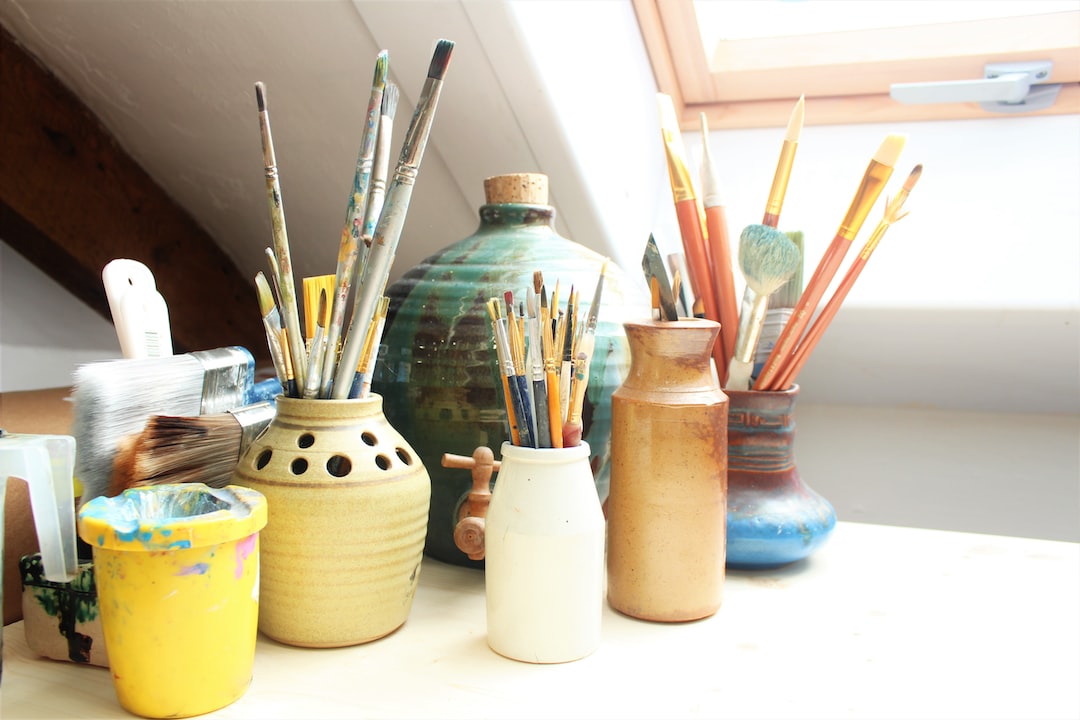The Renaissance of Glassblowing: From Functional Art to Decorative Masterpieces
Glass, a versatile material that has been used for thousands of years, has seen a remarkable renaissance in recent times. From functional vessels to intricate decorative masterpieces, glassblowing has evolved into a highly skilled art form that combines both ancient techniques and modern creativity. Let’s delve into the fascinating world of this centuries-old craft and explore how it has transformed from a practical necessity to a truly captivating form of artistic expression.
Glassblowing dates back to the 1st century BC, originating in the Roman Empire. Initially, it was primarily used for creating functional vessels such as cups, bottles, and bowls. The technique involved shaping molten glass by blowing air into it through a long tube, allowing for the creation of various shapes and sizes. This ancient method revolutionized the way glass was produced and became the foundation for future innovations in the field.
During the Renaissance period in Europe, glassblowing experienced a resurgence in popularity. Italian artisans, in particular, refined and elevated the craft with their impeccable skill and innovative designs. The Venetian island of Murano became the epicenter of glassblowing, producing some of the most exquisite and sought-after pieces in the world. The intricate and ornate glassworks created by Murano’s artisans during this time are still celebrated for their artistic excellence and continue to inspire glassblowers today.
As time went on, the functional aspect of glassblowing began to take a backseat, allowing for more artistic freedom and creativity. The 19th century witnessed the birth of studio glass movement, where individual artists began to experiment and push the boundaries of glass as a medium. This movement paved the way for the creation of truly one-of-a-kind pieces that blurred the lines between art and craft.
The 20th century brought further advancements to the field, including the development of new techniques, tools, and materials. Artists like Dale Chihuly, Harvey Littleton, and Lino Tagliapietra emerged as pioneers who reshaped the world of glassblowing and brought it into the realm of contemporary art. These artists introduced bold and imaginative concepts, stretching the limits of what was thought to be possible with glass.
Today, glassblowing stands at the forefront of contemporary art, captivating audiences with its sheer beauty and complexity. Artists are constantly pushing boundaries, using innovative techniques such as glass fusing, casting, and etching to create mesmerizing sculptural forms and intricate installations. The versatility of glass allows artists to play with colors, transparency, and light, resulting in breathtaking pieces that evoke emotion and spark imagination.
Despite its current status as an art form, glassblowing remains deeply rooted in tradition. Many artisans still adhere to ancient techniques, passing down their knowledge from generation to generation. The process, though time-consuming and labor-intensive, requires a deep understanding of the material and an unwavering commitment to precision.
Glassblowing workshops and schools have also emerged in recent years, offering aspiring artists the opportunity to learn this ancient craft. These institutions provide a platform for fostering creativity and innovation while preserving the rich history and traditions of the art form. As a result, a new generation of glassblowers is emerging, bringing their own unique perspectives and techniques to the field.
The renaissance of glassblowing has not only transformed the field itself but also how it is perceived by the public. Once seen as a practical necessity, glass has now become a highly coveted medium for collectors and art enthusiasts alike. Exquisite glass sculptures and installations can be found in galleries, museums, and private collections around the world, testament to the enduring allure and significance of this ancient craft.
In conclusion, the resurgence of glassblowing from functional art to decorative masterpieces showcases both the evolution of the craft and the boundless creativity of contemporary artists. It is a testament to the enduring power of ancient techniques, combined with modern innovation, to captivate and inspire audiences. Glassblowing continues to push boundaries, reinventing itself with each new generation of artists, ensuring its place as a truly transformative art form.

